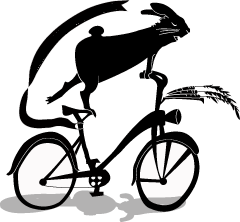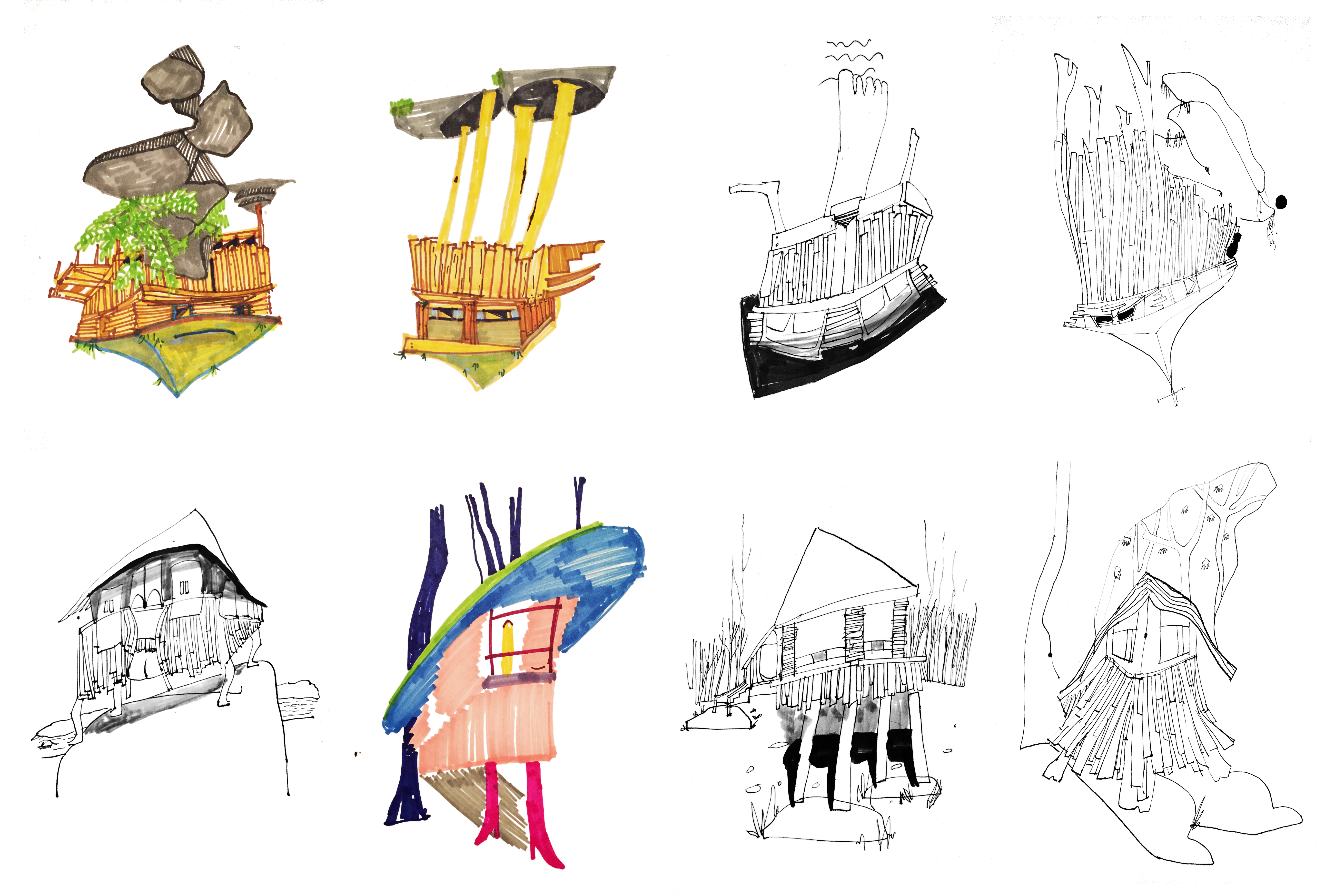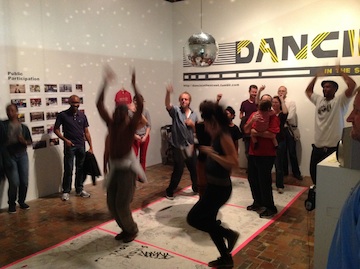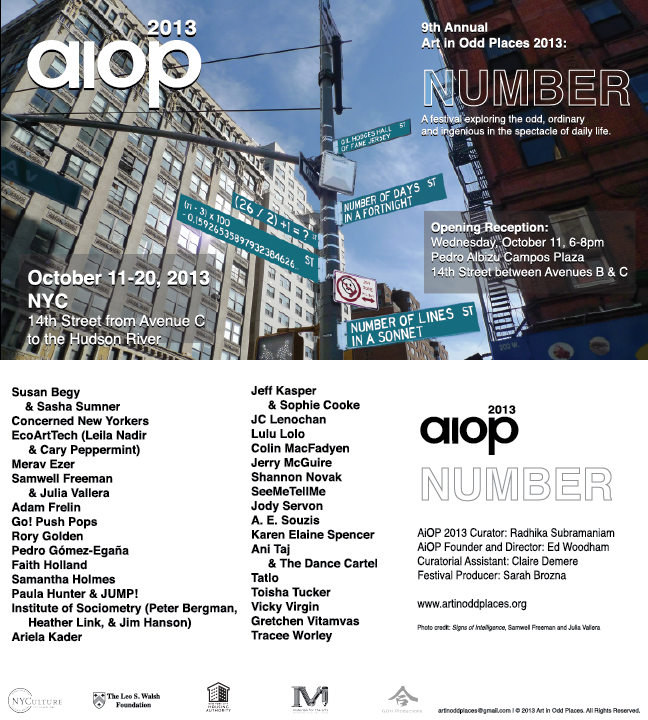The Art of Effective Partnerships: January 23, 2014
- A Workshop led by Groundswell for Hive NYC Members
On Thursday January 23 2014 Groundswell led a three-hour workshop that provided Hive NYC members with an opportunity to network in advance of and in preparation for the next Hive Digital Media Learning Fund’s Request for Proposals. It was aimed at program directors, senior management or their designates.
A guiding question at the workshop prompted participants to identify key considerations and best practices in forming, developing and evaluating collaborative projects, knowing that Hive NYC is all about collaboration and collective impact.
The workshop prompted participants to identify key considerations and best practices in forming, developing and evaluating collaborative projects. The workshop offered opportunities to learn, discuss and implement best practices in establishing effective partnerships. It was developed in light of the Hive NYC’s focus on collaboration and collective impact and based on Groundswell’s 15 years of experience.
The work we did together culminated in several collectively produced visual artifacts. This is a walkthrough of the workshop and outcomes that resulted.

1. Icebreaker: Collaboration nightmare brain dump
We started the workshop by agreeing that collaboration can be a difficult and frustrating experience at times. The icebreaker gave everyone a moment to describe one negative collaborative experience on a piece of paper and place it into a bowl. We then discussed each of the examples by presenting questions to the group such as: What made the collaboration difficult? How could the collaboration have gone more smoothly? When preparing for the collaboration, what could stakeholders plan differently?
NOTE: During the group discussion a facilitator categorized examples into a list that we referenced throughout the workshop.
Categories included:
- Different ideas about artistic processes
- Big Fish/Little Fish
- Last minute requests/Culture clash
- Unclear Expectations
- Control/Marginalization of one stakeholder
- Compromise between collaborators
- Marriage (Culture of learning and trust)
- Verbalize issues
- Collaboration vs. partnership
- Point Person v. Agency buy in
- Assumptions
- Inflexibility/Fear
- Time/Lack of time
- Scope too big/realistic
- 90% work/30% pay
- Differences in values
- Roles/Responsibility/Equity
- Lack in technical capability
- Trust/Secrecy
2. Stakeholders and their Goals: Are they the same, different but compatible, or mutually exclusive?
The icebreaker led us into a discussion about stakeholders, who they might be and how to identify them. Groundswell used themselves and their process as examples. The Executive Director, Amy Sananman showed a short video about their organization. After the video we identified who the stakeholders in the video were and why they were invested in the project.
- Youth: Gain expereince to better themselves in some way
- Property owner: Feels empowered to be involved in community
- Funder: Name recognition and contribution credit
- Artist: Opportunity to mentor and create work
- Volunteers: Opportunity to mentor and work with artist
- Local Politicians: Gain visibility for supporting project
- Sponsors: Opportunity to donate products for opening event
3. Collective Impact: What is it, why does it foster collaboration and how does it help institutionalize goals in our practice?

Ideas for ways to institutionalize goals in a collaboration:
- Collaborate on drafing MOU Contracts
- Co-write project proposal – research together
- Keep written minutes from each meeting
- Debrief regularly about how goals are strengthening
- Work openly/transparent and align values
- Maintain regular check-ins
- Identify roles & responsibility
- Identify budget early
- List Goals & methods for assessment strategy
- Choose partners w/ compatible missions, personality, tech cap
4. Best Practices Test Drive: Potential partners give it a try

PROMPTS:
1. What is Collective Impact Mission/Vision?
2. What are each Partner’s Goals
3. Where are they the same? / Where are they comparable?
4. Anticipate potential “nightmares”
5. Identify 3 practices you could Utilize in partnership
People from the orgs below paired up for a test drive:
- Hive HQ
- Laundromat Project
- Connecting Youth
- Brooklyn Public Library
- BCCP
- Reel Works
- Beam Center
- The Point
- Willie Mae Rock Camp for Girls
- GAP
- NYC SALT
- Hive DML Fund
- Eyebeam
- Girls Write Now
- Radio Rookies
- Groundswell
5. Visualize your Collaboration

More workshop visuals here





